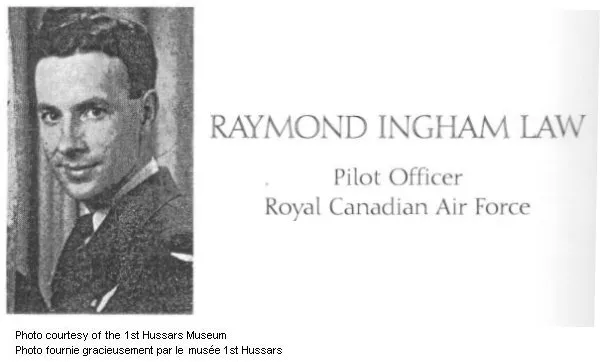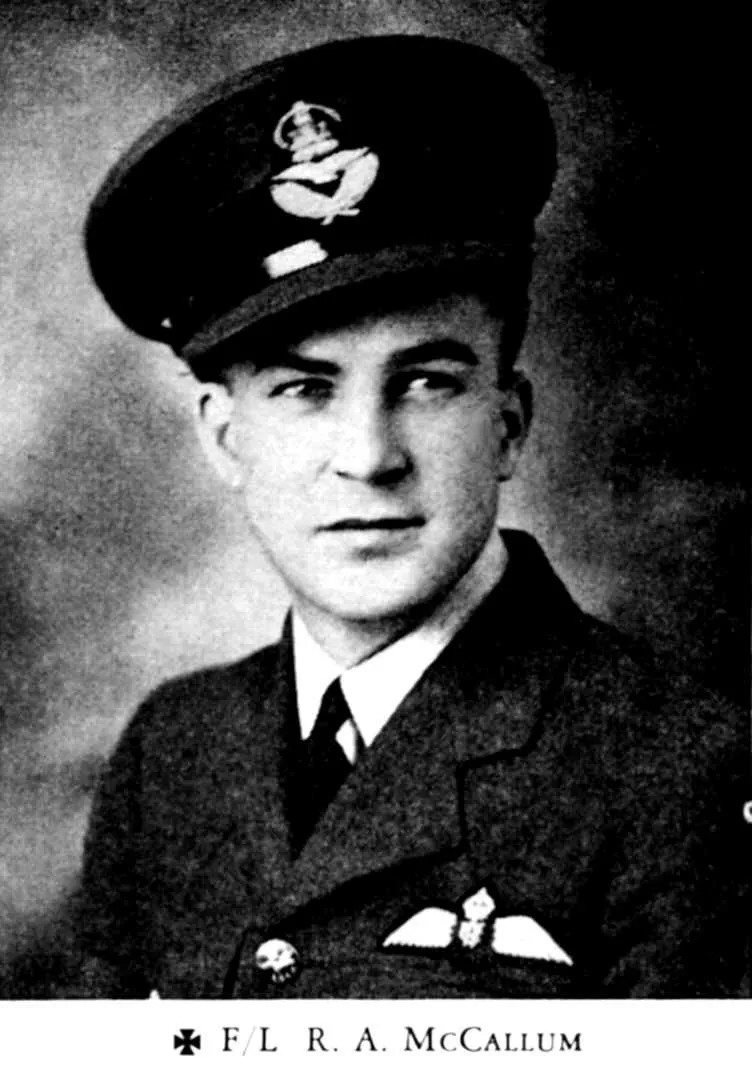Milne, William George
Killed in Action 1942-12-15


Birth Date: 1915
Born:
Home: Humber Bay, Ontario
Enlistment:
Enlistment Date: Unknown
Service
RCAF
Unit
119 Sqn- Squadron (RAF)
By Night and by Day
Base
RAF Lough Earne / Castle Archdale
Rank
Pilot Officer
Position
Pilot Officer
Service Numbers
J/17105
Prev: R/63923
Home
 Humber Bay, Ontario
Humber Bay, Ontario
First Burial
 Runnymede Memorial Surrey, England.
Runnymede Memorial Surrey, England.
Took off from Lough Erne 0n an anti-submarine patrol of the North Atlantic.
Aircraft failed to return, lost without trace.
Killed includes Milne:F/Lt Bliss Dunfield King RCAF J/16404 KIA Runnymede Memorial Panel 99.Pilot Officer Raymond Ingham Law RCAF J/19326 KIA Runnymede Memorial Panel 100.F/Lt Albert Robert McCallum RCAF J/7070 KIA Runnymede Memorial Panel 99.Flying Officer Edward Norman Jackson RNZAF KIA Runnymede Memorial Panel 114.Sergeant George Stewart Crossan RAF KIA Runnymede Memorial Panel 80.Sergeant Thomas Gallagher RAF KIA Runnymede Memorial Panel 83.Flight Sergeant George Hamilton RAF KIA Runnymede Memorial Panel 74.Sergeant Arthur George Shum RAF KIA Runnymede Memorial Panel 93.Corp. Hugh Rowland Watkinson RAF KIA Runnymede Memorial Panel 97.Sergeant Arthur Grosvenor Eric Wilson RAF KIA Runnymede Memorial Panel 96.
Sunderland DV971
Short Sunderland

Short Sunderland, coded Z, 15 Apr 1943
The Short S.25 Sunderland was a British flying boat patrol bomber, developed and constructed by Short Brothers for the Royal Air Force (RAF). The aircraft took its service name from the town (latterly, city) and port of Sunderland in North East England.
Developed in parallel with the civilian S.23 Empire flying boat, the flagship of Imperial Airways, the Sunderland was developed specifically to conform to the requirements of British Air Ministry Specification R.2/33 for a long-range patrol/reconnaissance flying boat to serve with the Royal Air Force (RAF). As designed, it served as a successor to the earlier Short Sarafand flying boat. Sharing several similarities with the S.23, it featured a more advanced aerodynamic hull and was outfitted with various offensive and defensive armaments, including machine gun turrets, bombs, aerial mines, and depth charges. The Sunderland was powered by four Bristol Pegasus XVIII radial engines and was outfitted with various detection equipment to aid combat operations, including the Leigh searchlight, the ASV Mark II and ASV Mark III radar units, and an astrodome.
The Sunderland was one of the most powerful and widely used flying boats throughout the Second World War. In addition to the RAF, the type was operated by other Allied military air wings, including the Royal Australian Air Force (RAAF), Royal Canadian Air Force (RCAF), South African Air Force (SAAF), Royal New Zealand Air Force (RNZAF), French Navy, Norwegian Air Force, and the Portuguese Navy. During the conflict, the type was heavily involved in Allied efforts to counter the threat posed by German U-boats in the Battle of the Atlantic.Wikipedia
 Canadian Virtual War Memorial
Canadian Virtual War Memorial


 Wikipedia Short Sunderland
Wikipedia Short Sunderland Harold A Skaarup Web Page
Harold A Skaarup Web Page YouTube Short Sunderland (1940-1949)
YouTube Short Sunderland (1940-1949)